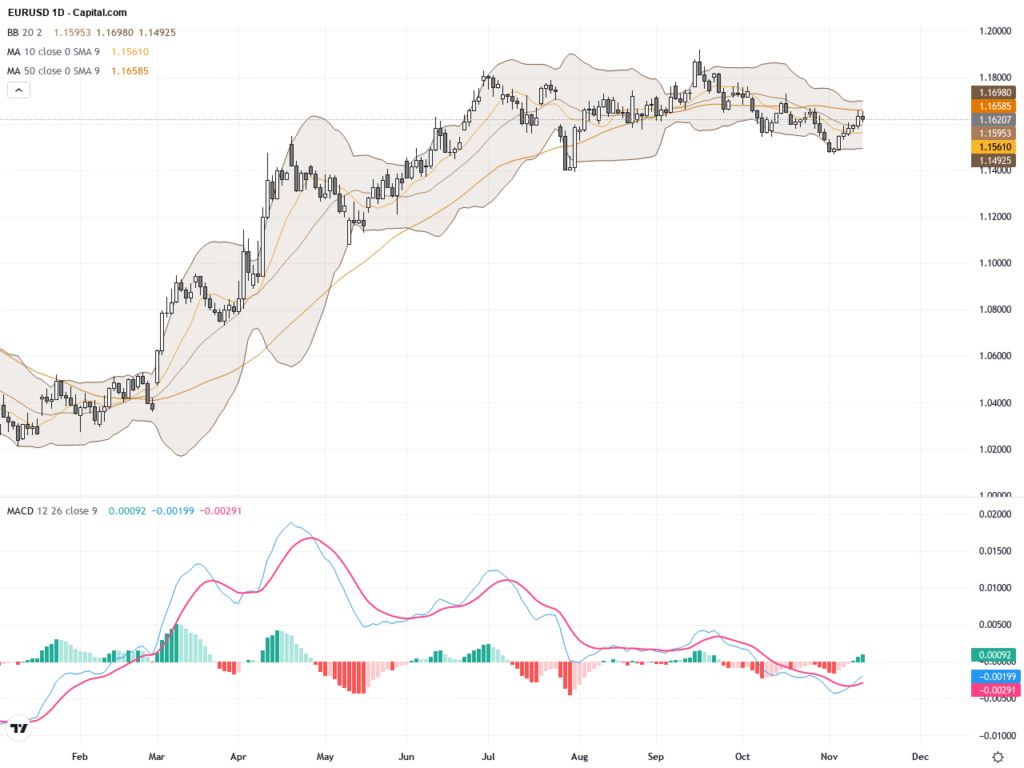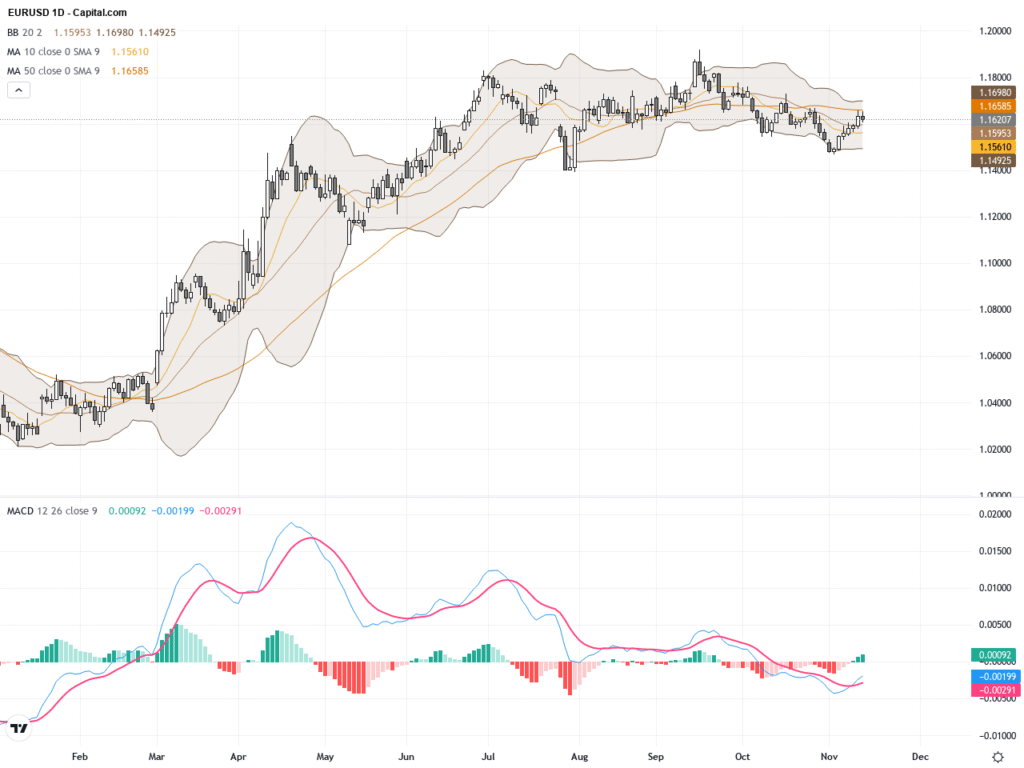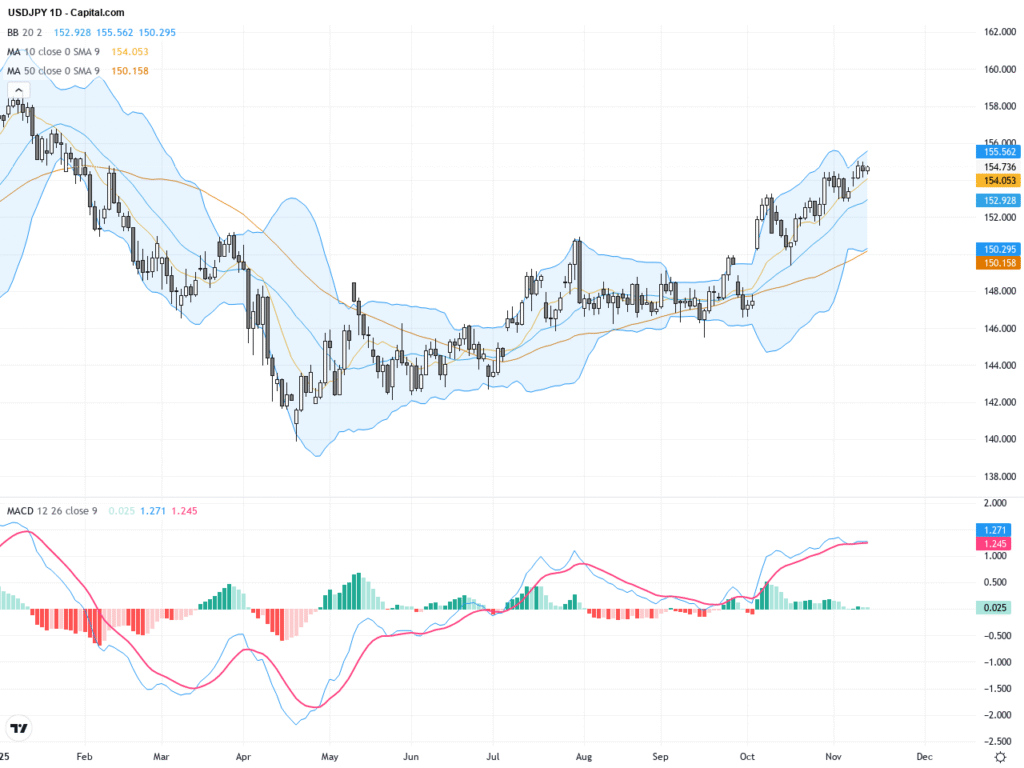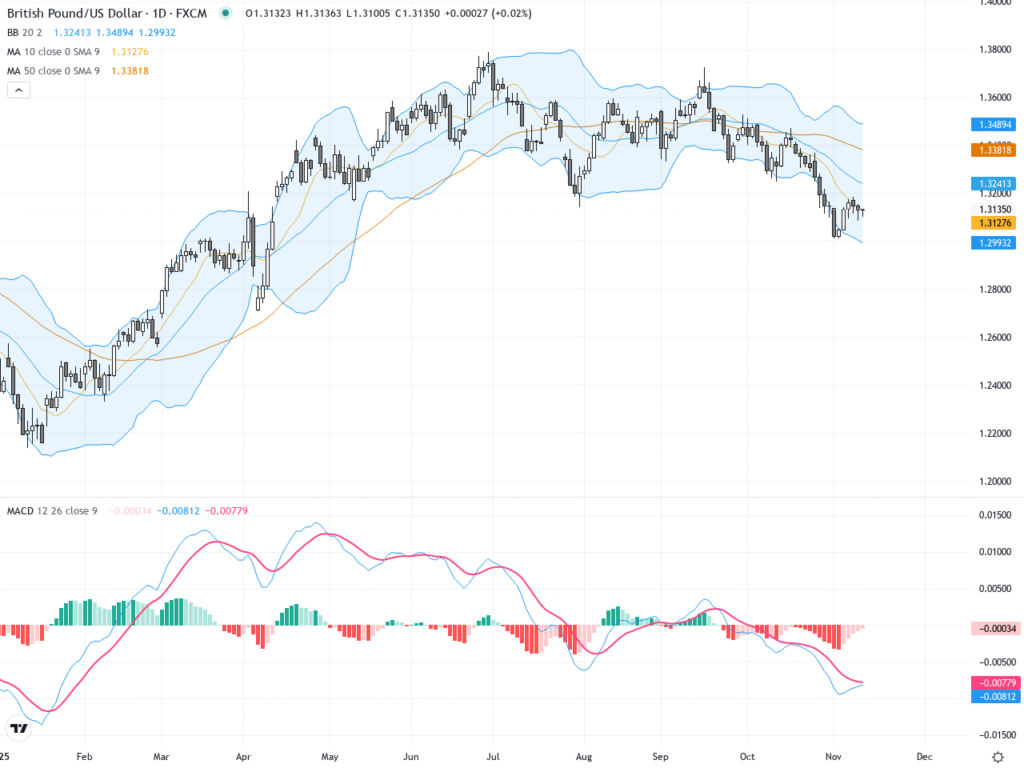 |
| Gold V.1.3.1 signal Telegram Channel (English) |

2025 U.S. Government Shutdown Explained: Impact on Citizens, Federal Workers, and Investors
2025-10-05 @ 22:00
Understanding the 2025 U.S. Government Shutdown: What Investors and Citizens Need to Know
On October 1, 2025, the United States federal government entered its first shutdown since 2019, marking the 11th such event in modern U.S. history and the third during Donald Trump’s presidencies. The immediate cause was Congress’s failure to agree on appropriations for the 2026 fiscal year—meaning lawmakers could not settle on how much to spend, where to spend it, or what to cut. This dispute centered on three main flashpoints: federal spending levels, proposed cuts to foreign aid, and disagreements over health insurance subsidies.
What Is a Government Shutdown and How Did We Get Here?
A government shutdown happens when Congress does not pass—or the President does not sign—funding legislation for federal agencies. Without authorized budgets, these agencies can’t legally spend money outside of essential functions, forcing them to curtail operations, send workers home, or require them to work without pay.
In the days leading up to October 1, both Democrats and Republicans unveiled competing proposals in the Senate. Both failed to gain enough bipartisan support, largely due to the Senate’s 60-vote threshold to overcome a filibuster. Even after high-profile, last-minute negotiations—including a White House meeting between President Trump and Democratic leaders—no resolution was achieved.
The result was that at 12:01 a.m. on October 1, the government officially shuttered much of its functions for a period that, at the time of writing, has yet to end.
Who Is Affected? Workers, Programs, and Services
Roughly 800,000 federal employees have been furloughed, meaning they are temporarily sent home without pay. An additional 700,000 continue to work but are not being paid—affecting a wide range of professionals including air traffic controllers, TSA agents, and military personnel.
While many essential services such as Social Security, Medicare, and Medicaid continue to operate, numerous government agencies are partially or fully closed. This includes:
- The National Institutes of Health (NIH) and the Centers for Disease Control and Prevention (CDC), reducing their ability to execute medical research and public health responses.
- The Special Supplemental Nutrition Program for Women, Infants, and Children (WIC), affecting access to food support for millions.
- Delays or suspensions in processing passports, visa applications, and regulatory oversight in financial and environmental agencies.
This not only puts significant stress on federal workers and their families, but also disrupts services millions of Americans rely on daily.
Market Impacts: Investor Perspective
Historically, markets have shown resilience to most government shutdowns, brushing off temporary disruptions. However, when a shutdown persists, risks grow. Consumer confidence may falter as federal workers miss paychecks, contractors go unpaid, and citizens see delays in accessing government services.
Specific impacts for investors to watch during the 2025 shutdown include:
- Delayed economic data releases that investors use to gauge U.S. growth, inflation, and employment. Agencies like the Bureau of Labor Statistics and the Census Bureau may be unable to publish regular reports.
- Volatility in sectors reliant on government spending, especially defense, healthcare, and infrastructure.
- Potential downward pressure on the U.S. dollar if the shutdown drags on, boosting uncertainty about fiscal stability.
- Heightened concern over credit ratings, particularly if the stalemate suggests deeper dysfunction and raises the risk around future debt ceiling negotiations.
Although prior shutdowns have not triggered long-lasting downturns, they introduce unnecessary risk and uncertainty into portfolios.
The Political Dynamics: Why No Deal?
The 2025 shutdown is driven by a particularly sharp partisan divide. House and Senate lawmakers are split over whether federal spending should increase, decrease, or be reallocated. Foreign aid appears to be a sticking point, with some Republicans pushing for steep cuts and rescissions. Health insurance subsidy debates have further complicated negotiations.
Despite some last-minute attempts at compromise—including lengthening a stopgap funding bill to allow further bargaining—neither side has budged enough to end the impasse. Political brinksmanship has resulted in cancelled meetings and inflammatory public messaging, reflecting an entrenched atmosphere that makes rapid resolution unlikely.
Looking Ahead: What Does the Shutdown Mean for You?
For citizens, the main effects will be reduced access to certain government services and delays in processing applications and benefits. While core entitlement programs continue largely unabated, disruption can be severe for those needing immediate assistance or working for or with federal agencies.
Investors and financial professionals should continue to monitor developments closely. Prolonged shutdowns magnify risks to the broader economy, especially if consumer and business confidence begin to waver.
As negotiations continue, stakeholders—from federal workers to Wall Street—are hoping for a swift resolution. The longer the stalemate, the greater the potential for compounded negative effects on both households and financial markets.
Stay tuned for further updates and strategies to navigate market volatility during periods of political uncertainty.








